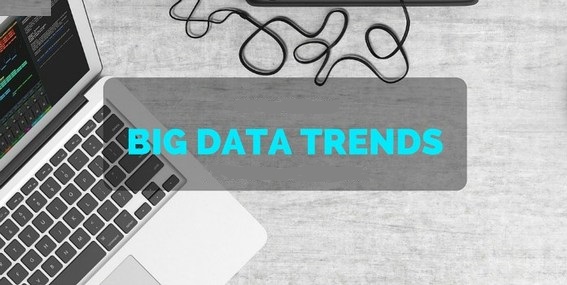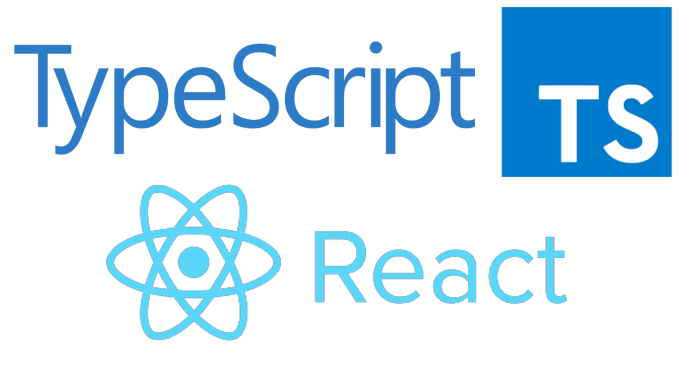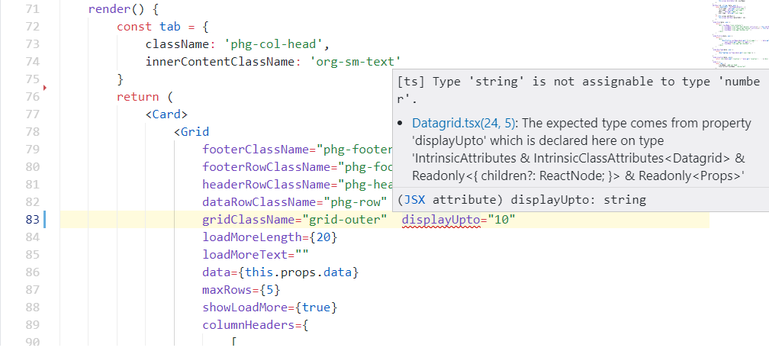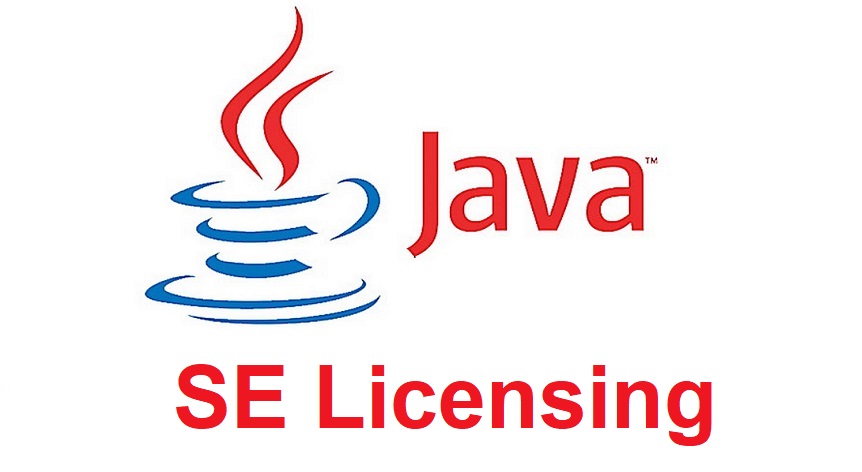Today, millions of users click pictures, make videos, send texts, and communicate with each other through various platforms. This results in a huge amount of data that is being produced, used and re-used everyday.
In 2013, the total amount of data was 4.4 zettabytes. This is likely to increase towards 44 zettabytes by 2020 (One zettabyte is equivalent to 44 trillion gigabytes)
All of this ‘Data’ is a precious resource, which can be harnessed and understood by deploying certain techniques and tools. This is the gist of Big Data and Data Analytics. Using Big Data and Data Analytics, many organizations are able to gain insights into the customer mindsets, trending topics, imminent next Big things, etc.,
Let us take a look at how Big Data Applications has influenced various industries and sectors, and also the ways in which they are benefited from the same.
Education
The education industry is required to upkeep and maintain, a significant amount of data regarding faculties, courses, students and results. Requisite analysis of this data can yield insights that enhance the operational efficiency of the educational institutions. This can be put to avail in numerous ways.
Based upon a student’s learning history, customized schemes can be put into place for him/her. This would enhance the student results in entirety. Similarly, the course material too can be reframed based upon what students learn quicker, and the components of the course material that are easier to grasp. As a student’s progress, interests, strengths, and weaknesses are grasped in an improved manner, it helps suggest career paths most lucrative for him.
Healthcare
Healthcare industry generates a significant amount of data and Big Data helps the industry make a prediction for epidemic outbreaks in advance. It may also help postulate preventive measures for such a scenario.
Big Data may help with the prediction of disorders at an early stage, which can act as a preventive measure against any further deterioration, and makes the treatment more effective as well.
Government
Governments of all nations come across a significant amount of data every day, as enabled by sources such as the various databases pertaining to their citizens and geographical surveys.
By putting Big Data Analytics to the best avail, the Governments can come to recognize the areas that are in need of immediate attention. Similarly, challenges such as exploitation of energy resources and unemployment could be dealt with better. Centering down upon tax evaders and recognizing deceit becomes easier as well. Big Data also makes occurrences of food-based infections easier to determine, presume, and work upon.
Transportation
There are various ways in which Big Data makes transportation more efficient and easier, and the technology withholds a vast potential in the field.
As an example, Big Data can be used to access commuters’ requirements of different routes and can help implement route planning which reduces the waiting times. Similarly, traffic congestion and patterns can be predicted in advance, and accident-prone areas can be identified and worked upon in a suitable manner.
Uber is a brand that puts Big Data Analytics to avail. They generate the data about their vehicles, each trip it makes, the locations and drivers. This can be used for making predictions about the demand and availability of cabs over a certain area.
Banking
Data in the banking sectors are huge and enhances each day. With a proper analysis of the same, it is possible to detect fraudulent activities such as misuse of debit or credit cards or money laundering. Big Data Analytics help with risk mitigation and bring business clarity.
As an example, Bank of America has been using SAS AML for over the past 25 years. The software is based upon data Analytics and is intended towards analysing customer data and identifying suspicious transactions.
Weather patterns
Weather satellites and sensors are located across the globe and collect a significant amount of data, which is then used to keep a tab on weather and environmental conditions as well. By use of Big Data Analytics, the data can be used for weather forecast and understanding the patterns of natural disasters in a better way. It can also come across as a resource for studying global warming.
The Governments can put in efforts in advance towards preparing themselves in the event of a crisis. It may even help determine the metrics related to the availability of drinking water across geographies.
Media and entertainment
People own and have access to digital gadgets that they use to stream, view, and download videos and entertainment based applications. This significant amount of data generated can be harnessed and some of the prime advantages that can be derived from putting this data to the best possible avail involve making a prediction of audience taste and preferences in advance. This can be further used towards making sure that scheduling of media streams is optimized or on-demand.
The data can also be used to study customer reviews and figuring out the factors that don’t delight them. Targeting advertisements over media become easier as well.
As an example, Spotify is a provider of on-demand music and uses Big Data Analytics to analyse data collected from the users across the globe. The data is then used to give some fine recommendations for a user to choose from. This is based upon the user’s browsing history and the most preferred videos seen by users of the same geographical region or the same demographics.
In terms of Big Data, it is important that the organizations are able to use the data collected to their best advantage in order to gain a competitive advantage. Merely a collection of the data is not enough.
In order to ensure efficient use of Big Data, Big Data solutions make the analysis easier. Application of Big Data expands further still to fields such as aerospace, agriculture, sports and athletics, retail and e-commerce.










